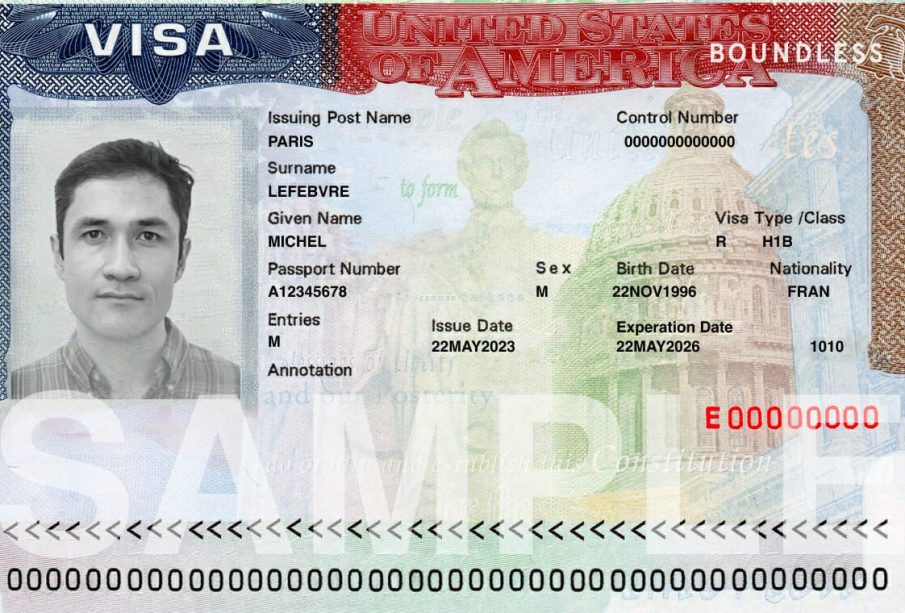Navigating the H1B Visa: Key Information for Skilled Workers

Introduction
The H1B visa is a non-immigrant visa that allows U.S. companies to employ foreign workers in specialty occupations. Its importance cannot be overstated, as it provides many skilled workers opportunities to live and work in the United States. In recent years, the H1B visa programme has been a focal point in discussions about immigration reform, the job market, and the economy, especially in light of the ongoing demand for skilled professionals in technology, engineering, and healthcare.
Current Trends and Events
As of 2023, the U.S. Citizenship and Immigration Services (USCIS) reported a rise in applications for the H1B visa, reflecting the country’s need for international talent amid a labour shortage in numerous sectors. The application period for the upcoming fiscal year opened in early April, drawing tens of thousands of applicants vying for a limited number of visas. This year, the cap on H1B visas remains set at 85,000, which includes 20,000 visas dedicated to those holding a master’s degree or higher from U.S. institutions.
Despite the competitive nature of the application process, companies continue to value the H1B visa for its flexibility in hiring international candidates who possess skills critical to their operations. Recent policies announced by the Biden administration aim to streamline the application process, making it easier for both employers and foreign workers to navigate the bureaucracy. Furthermore, initiatives to enhance the job security for H1B visa holders, such as protections from layoffs and job changes, have been greatly appreciated by the international community.
Challenges and Future Outlook
Even with reforms, the H1B visa programme faces challenges, including public scrutiny over job displacement and wage stagnation. Critics argue that the programme can be exploited by companies seeking lower wages by hiring foreign workers. As a result, lawmakers are re-evaluating certain aspects of the H1B programme, including the wage levels and the employer’s obligation to protect the rights of visa holders.
As we look towards 2024, forecasts suggest that the demand for skilled workers will continue to rise, along with the importance of the H1B visa in fulfilling that demand. Businesses across various sectors will likely continue to advocate for improvements in the H1B visa process to attract top talent from around the world.
Conclusion
The H1B visa remains a crucial element of the U.S. workforce strategy, providing opportunities for skilled workers while also sparking important discussions regarding immigration policy and labour rights. For prospective applicants, understanding the evolving landscape of the H1B visa will be essential in navigating their career paths effectively and ensuring their success in the U.S. job market.









